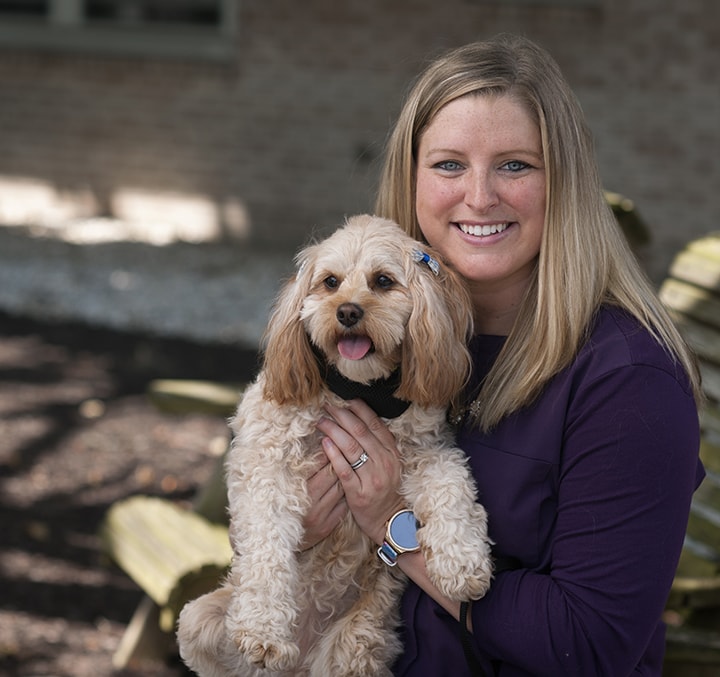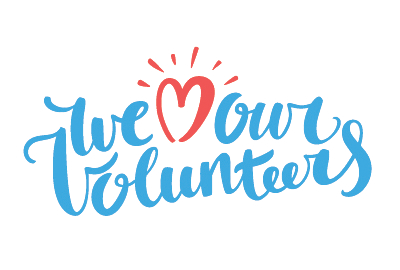Meet Lisa Fetter and Ruby
 Lisa Fetter, a lifelong Dauphin County resident, is a Social Worker for Homeland HomeHealth.
Lisa Fetter, a lifelong Dauphin County resident, is a Social Worker for Homeland HomeHealth.
Lisa graduated from La Salle University, where she played Division One Field Hockey, with a bachelor’s degree in social work. “Go Explorers!” Lisa also earned a master of social work degree from Millersville University.
She chose her career because she enjoys helping others. “I have always tried to go above and beyond to help others in need. It is inspiring to help people get on the right path after they had to overcome so many barriers in life.” Lisa believes that every day in her field is a different learning experience. “It teaches me the true value of life and challenges me in ways that few other careers will.”
“I chose to work at Homeland because I always heard such great things about them. I wanted to work for an employer where I woke up every morning looking forward to going to work. A job that you love gives you motivation to meet your goals and expectations not only for yourself and employer, but most importantly for your patients.”
While Lisa’s responsibilities are geared toward home health, she is being cross-trained for hospice care. “We are starting a palliative program which allows me, as the social worker, our nurse, and an aid to continue caring for patients who choose to transition to hospice.”
That is where Ruby enters the picture.
Lisa has also become a Homeland Hospice volunteer, and is training her dog Ruby, a cava-poo, to become a certified therapy dog for our hospice patients. Ruby, along with Winston, also a cava-poo, and Freya, a collie, are Lisa’s fur children, and this is Lisa’s first experience training a therapy dog.
“Pet therapy or therapy dogs help our palliative and hospice patients cope with their terminal prognosis. Petting an animal has been known to release endorphins in the brain which can help calm someone who is struggling to cope. Spending time with pets can have a positive impact by drawing attention away from pain or problems and focusing it on the animal.”
Homeland has two other pet therapy volunteers, Franklin and Rusty, who travel with their handlers (also hospice volunteers). Homeland Hospice has been using therapy dogs since its inception nearly a decade ago and will continue this complementary therapy that enhances a patient’s quality of life when it matters most. Dog is truly man’s best friend.

 At Homeland Hospice, we raise our pinwheels to the wind in celebration of our heroes: children and their families.
At Homeland Hospice, we raise our pinwheels to the wind in celebration of our heroes: children and their families.

